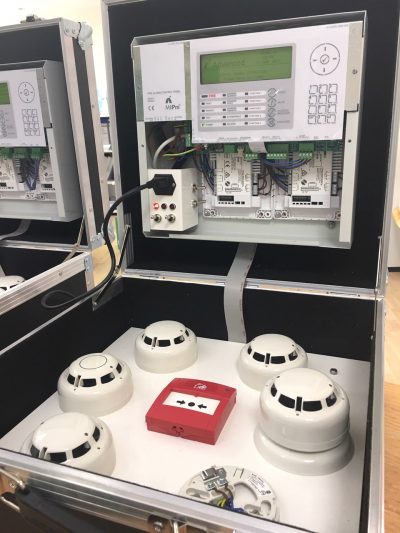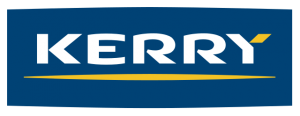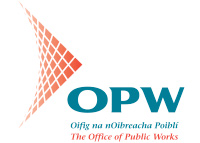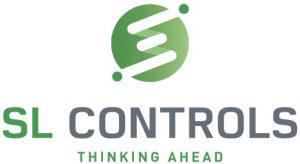Course Overview
This course aims to enable you to certify Fire Alarm systems, have the confidence to speak with authority on I.S. 3218, and to work skilfully with panels and configuration software. With very experienced instructors, innovative training kits and case studies that expose the Commissioner to a range of practical challenges, this training course presents an ideal opportunity to build confidence and expertise.
Commissioners perform a vital role in delivering a functioning and compliant installation. We understand that when you step into the role of Commissioner, you are dealing with a Life Safety system and a little knowledge isn’t good enough. Continuous upskilling is a must in this field. 
Who should attend?
Ideally, candidates should already have some Fire Alarm servicing/commissioning experience but want to enhance their knowledge, skill and competence.
Equipment Used
- Advanced MxPro4 Panels with Hochiki protocol devices.
(CP’s, SD’s, HD’s, I/O ) - Laptops with Advanced configuration software.
Course Modules
Overview of Legislation and product standards.
I.S.3218. Examining an installation and assessing compliance. Certificates and Documents for handover. Exercises and case studies on assessing I.S.3218 compliance.
Hardware Commissioning procedures. Panel setup, Loop Wiring, I/O wiring, Addressing devices and I/O units, entering device and zone text (using panel and using configuration tool)
MxPro4 Panel hardware and menu overview, monitoring and voltage levels.
Troubleshooting techniques: Loop Faults: Open circuits, short-circuits, earth monitoring faults, External Faults: on external inputs.
Cause and Effect: configuration tool. Implement a strategy.
Course Objectives - at the end of the course the learner will be able to:
- Explain the roles and responsibilities of all stakeholders in a project (including assigned certifier).
- Explain a range of important terminology used in the industry and its standards.
- Explain how the Fire Safety Certificate and the Fire Services Act make automatic detection of fire a legal responsibility.
- Describe in broad terms different levels of risk and risk prioritisation and the scenarios the system is designed to avoid.
- Quote relevant product standards EN54’s and be aware of the service provider standard EN16763.
IS3218 Design
- Identify on a drawing the level of cover and siting/spacing of detectors for different system categories including stairwells, escape routes and their associated voids, rooms adjacent to escape routes and areas of high risk.
- State siting, spacing and mounting requirements for manual call points.
- Assess an installation for the likelihood of false alarms, discuss strategies for avoidance, reference table of limitations.
- Describe compliance requirements for odd-shaped ceilings, obstructions and openings.
- Explain system wiring for conventional and addressable systems considering zone treatment for search distances, fire compartmentation, crossing floors.
- State standby power supply requirements.
- Explain the design requirements for audible and visible alarm devices.
- Visually identify loop and circuit cables and systems to assess compliance.
- Understand the Certification System
Equipment Commissioning
- Setup the MxPro4 for Hochiki protocol, with earth loop monitoring
- Navigate panel menus, set up passwords and access levels, monitor panel addresses.
- Assign Address to detectors and CPs with a hand-held unit. Address and setup I/O units
- Enter device and zone text
- Establish communication between Config Tool and panel, create and upload device/zone text.
- Initiate loop learn and confirm all addresses detected. Dealing with duplicate addresses.
- Tracing loop voltage at Level 2 and Level 3 (commissioning).
Troubleshooting
- Find open circuits in the loop.
- Implement strategy for dealing with short circuits between isolators on the loop.
- Recognise symptoms that can arise from incorrectly wired detectors.
- Trace Earth Faults.
- Find open circuit on input from remote repeater panel.
Cause and Effect using Config tool
- Interpret and implement the grouping and associations needed for a cause and effect strategy
Course Assessment
Learners will complete quality assured assessments and on successful completion will receive a Technotraining Certificate of Achievement.
Have a question about this or any other course? We’d love to hear from you.






































